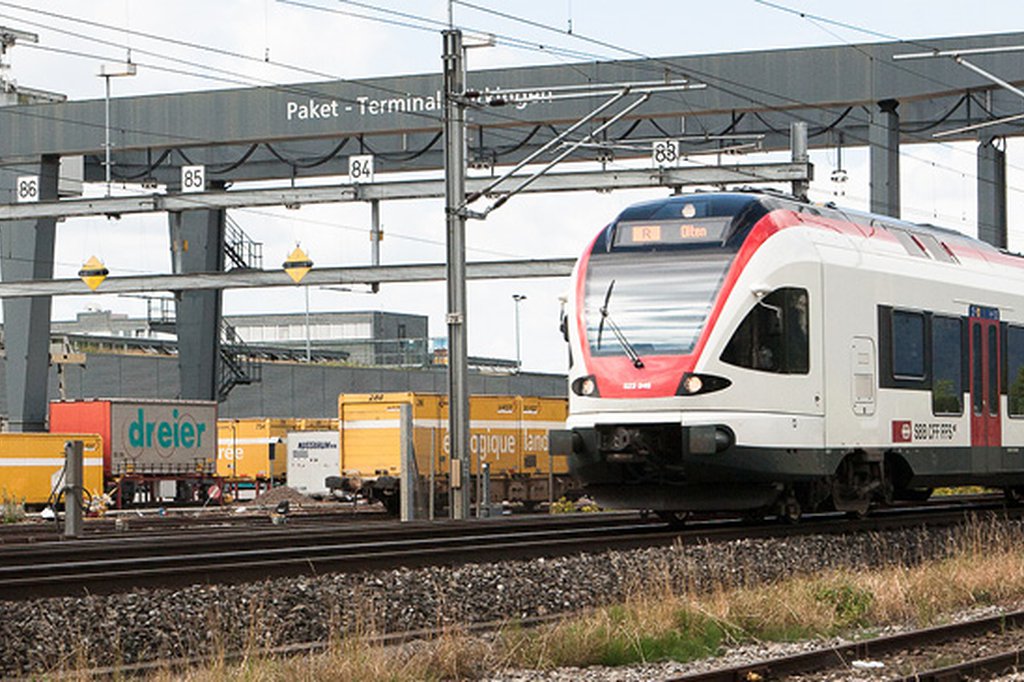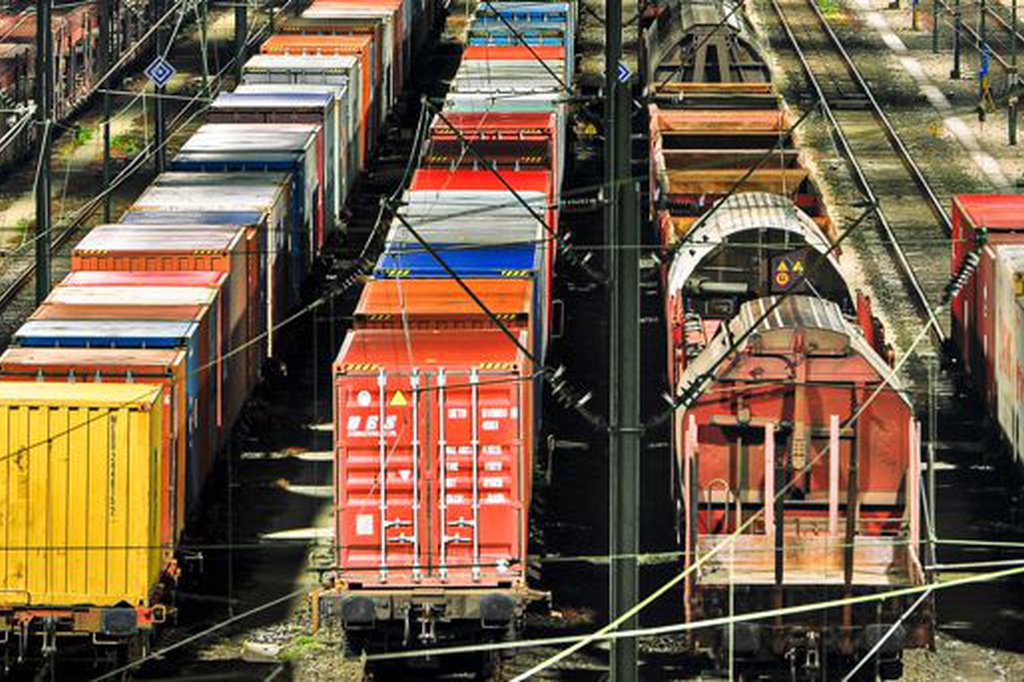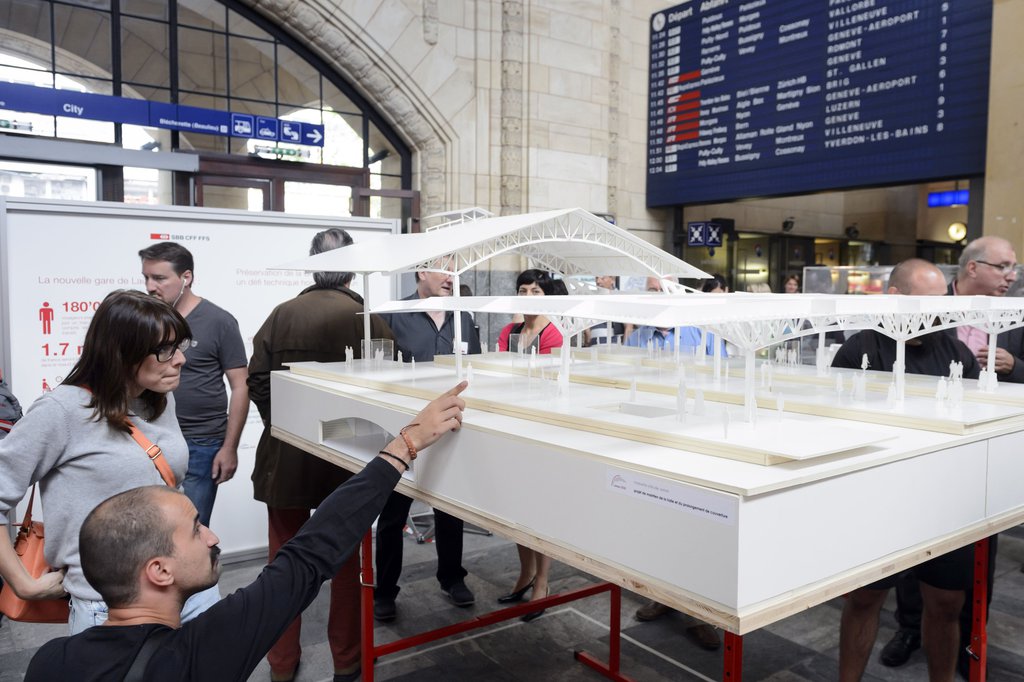Development of passenger and freight transport in Switzerland
News, Space, Transport | Aug. 30, 2016

In collaboration with the federal offices concerned, the Federal Office for Spatial Development ARE calculated how transport in Switzerland will develop up to 2040. In the reference scenario, the person-kilometres travelled will increase by a quarter by 2040. This is slightly less than projected population growth. By 2040, the share of all transport accounted for by public transport will rise by four percentage points. Assuming a 46 % increase in GDP, both the volume of freight transport and the tonne-kilometres transported will rise by 37 %. The cost of transporting freight by road will increase more than the cost of rail transport, so the modal split in terms of tonne-kilometres will shift by two percentage points towards the railways. (Photo: ARE)


